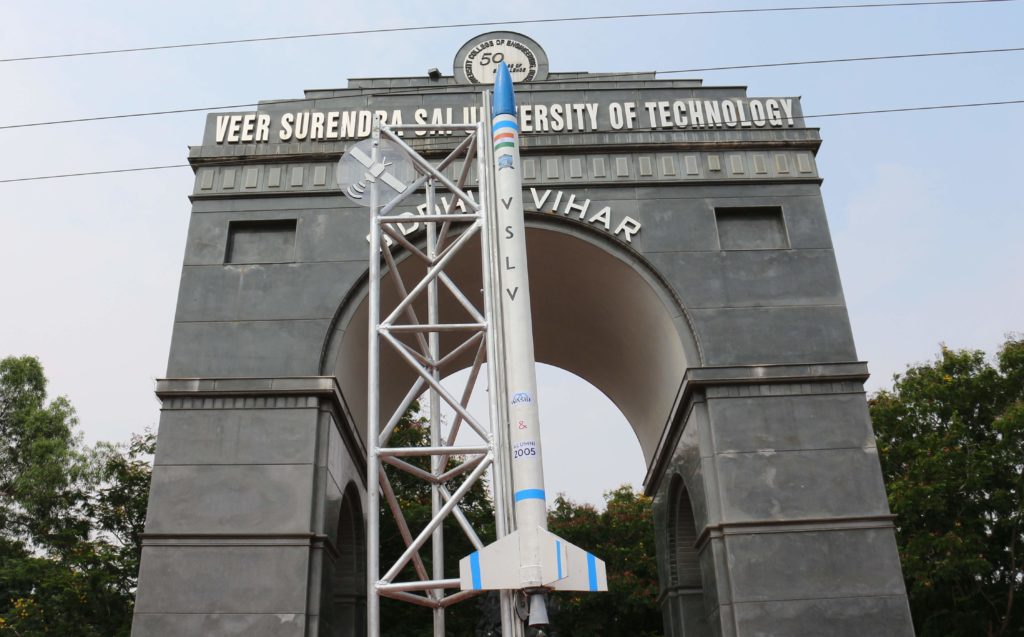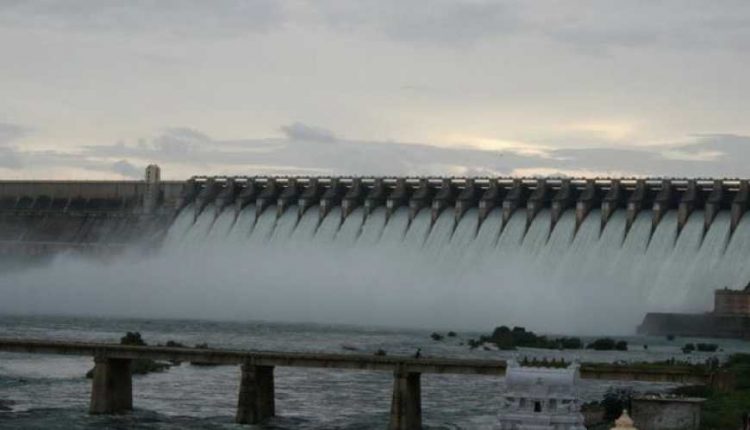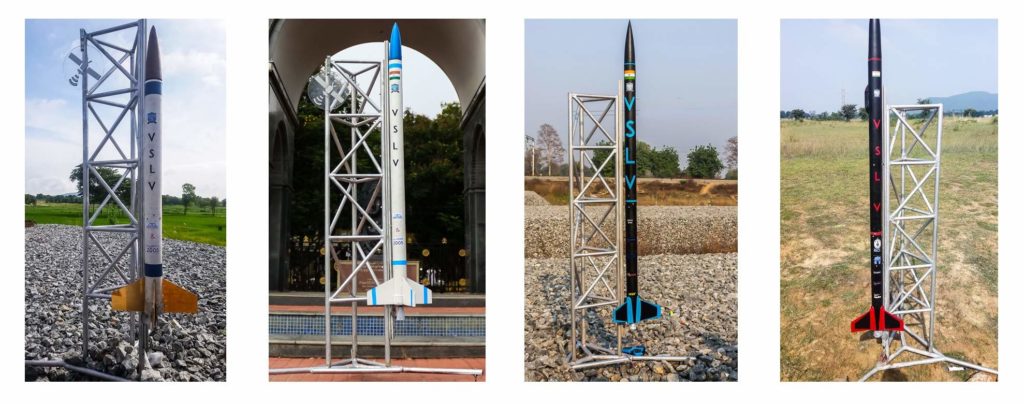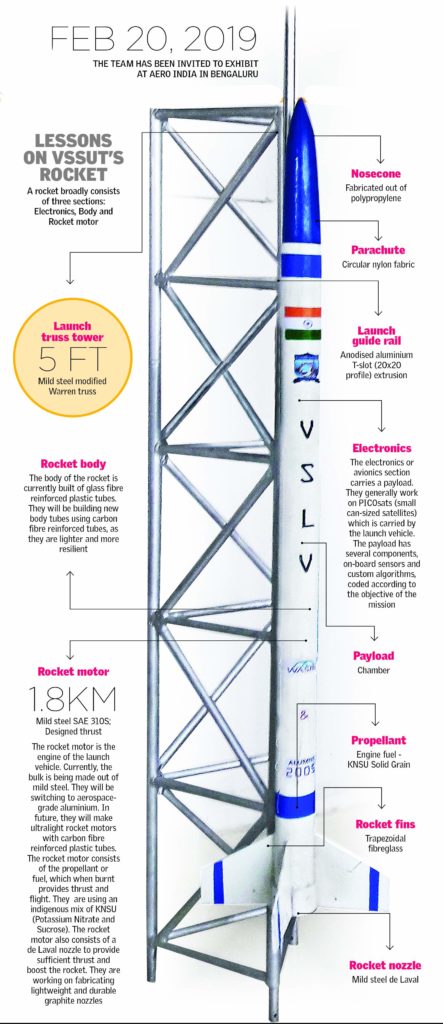Students of VSSUT are building a rocket that will survey Hirakud Dam and have launched India’s first indigenous multipurpose student rocketry mission.
Hirakud Dam is truly a sight to behold, stretching a little over 25 km across the mighty Mahanadi river. Situated on the foothills of this majestic dam in Burla is the Veer Surendra Sai University of Technology (VSSUT). Interestingly, VSSUT, which was formerly known as University College of Engineering (UCE), was started to produce engineers who would monitor the dam.
Except, now they’ve taken it to a whole other level. They have launched a rocket that deploys a satellite which helps monitor the dam. So, what were you doing when you were in college? Over a phone call, we talk to Jaswasi Sahoo, Captain and Head of the Chemical and Propulsion Division, Tatwam Siddha Nanda, Head of the Mechanical Division, Sovan Panda, Head of Mechatronics and Apurwa Masook, Head of Management about how they are not just launching a rocket, but their dream too.
Another team member, who we couldn’t catch on the call, is Sudarshan Samal, Head of Electronics and Avionics
Building a launchpad
It was in 2016, during the Diamond Jubilee celebrations of VSSUT, that a few students decided to do something which will prove to be a tribute to the dam. The problems that plagued the dam were siltation and sedimentation. So the logical step was to keep monitoring the build-up of both in the dam. One way to do this was to approach ISRO, who under one of its programmes, launches satellites made by students. “But this process could easily take a decade,” says Apurwa Masook, one of the founding team members who is currently in the fourth year.
Drone, weather balloons, helicopters even, the team then toyed with several ideas but zeroed in on one — that they will build their own launch vehicle and send their own satellite. “It was the best thing to do because the reservoir is so vast that it looks like an ocean. Only a satellite could do the job,” says 21-year-old Masook. For this mission to see the light of day, members from all departments were asked to participate. And they did! Civil, Electrical and Electronics, MTech, Chemical and IT. But of course, the baby steps are the most difficult. “The scale of the idea was beyond some people and we were criticised,” he said. But this mission was not conceived on a whim — they had a proper plan in place. But today, mindsets have changed, they have a dedicated space for themselves in their college and the college offers mentorship and financial aid as well.
The team wanted to deploy a PICOsat at an altitude of 40 km, but of course, this was not possible on their first attempt. So they broke the mission into 10 parts, where with every part they would scale a few extra kilometres. As of now, they are have successfully completed their third mission and their satellite successfully reached an altitude of four kilometres. “The satellite was even successfully recovered using a parachute,” says the Bhubaneswar-based Masook. While with their second mission, they calculated the strength of cellular signals, with the third, the satellite collected data on temperature, humidity and a general weather report.
Paperwork and pride
At the moment, they are battling to get the necessary permissions, clearance, a NOC from the district collector, an exclusive license from PESO and everything else in between. The team collectively is positive that everything will come through and that they will be able to complete all three missions by March next year. “With the tenth mission, we want to conduct research on cloud seeding, which means, this satellite could trigger rains,” says the team excitedly.
The team has been invited to exhibit at Aero India in Bengaluru in the month of February next year
One of their strongest supporters has been the alumni. And with an illustrious network that includes Bijan Das, Former Deputy Director, ISRO (1969 batch), Dr Binaya Kumar Das, Director, DRDO ITR, Chandipur (1987 batch), Dr Radhakant Padhy, Professor, Aerospace Engineering, IIsc Bangalore (1994 batch) and others, the team got the support that they needed. Most alumni mentored them through video conferences, WhatsApp and other mediums and generously donated towards their cause. “Our main strength is our alumni, they have been of great help,” says Jaswasi J Sahoo, ‘JJ’ for short.
Talking about balancing college and their mission, the team tells us that the first thing to take a hit is their sleep. Tatwam Siddha, head of the mechanical aspects of the project, says, “Our work depends on the schedule of our morning classes as well, but usually, we work till 1 am and then return to college. Someone or the other is always working on the project,” he says. Talking about girls in their team, Masook says, “There were no girls in the founding team because their hostel in-time was, and is, 6 pm so it is very difficult for the team to manage work. But now, the junior team has a few girls who are trying to extend their time so that they can work more,” he says. If it wasn’t for the fact that Burla shuts down during vacations because of which food and connectivity become a problem, they would have stayed back at the hostel.
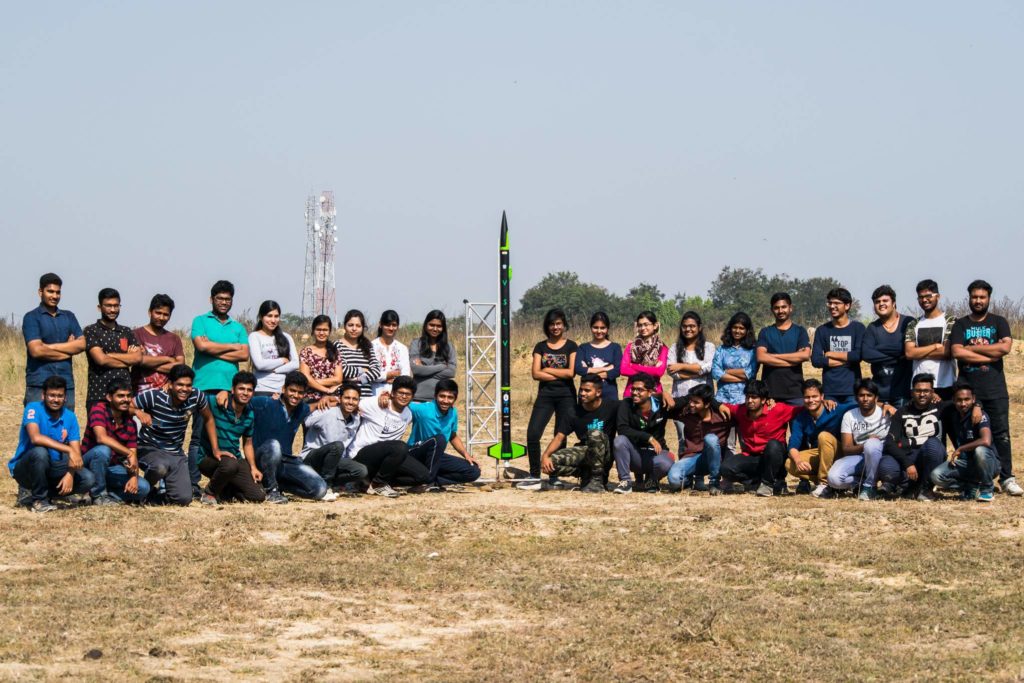
Whatever said and done, the boys concur on one point, that these years spent in research and building a rocket of their dreams will be one of the most special memories which they will preserve for a lifetime. “After the completion of this project, just like our alumni network has been there for us, we will be at the forefront too and give back,” they say.
What they had to say

Our students are very enthusiastic about this. We, as faculty, are happy and are encouraging their pursuit. We are offering them both financial and technical support. And now that they are moving towards their goal of cloud seeding, this makes us really proud
Prof Debadutta Mishra, Head, Technology Innovation Centre
Ready, set, launch
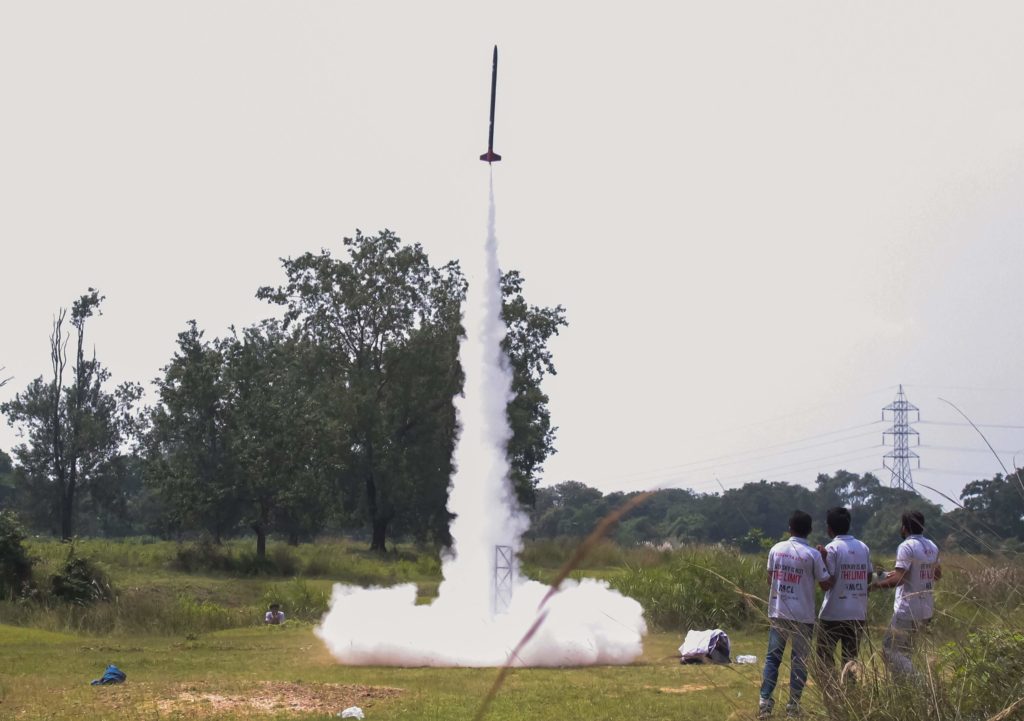
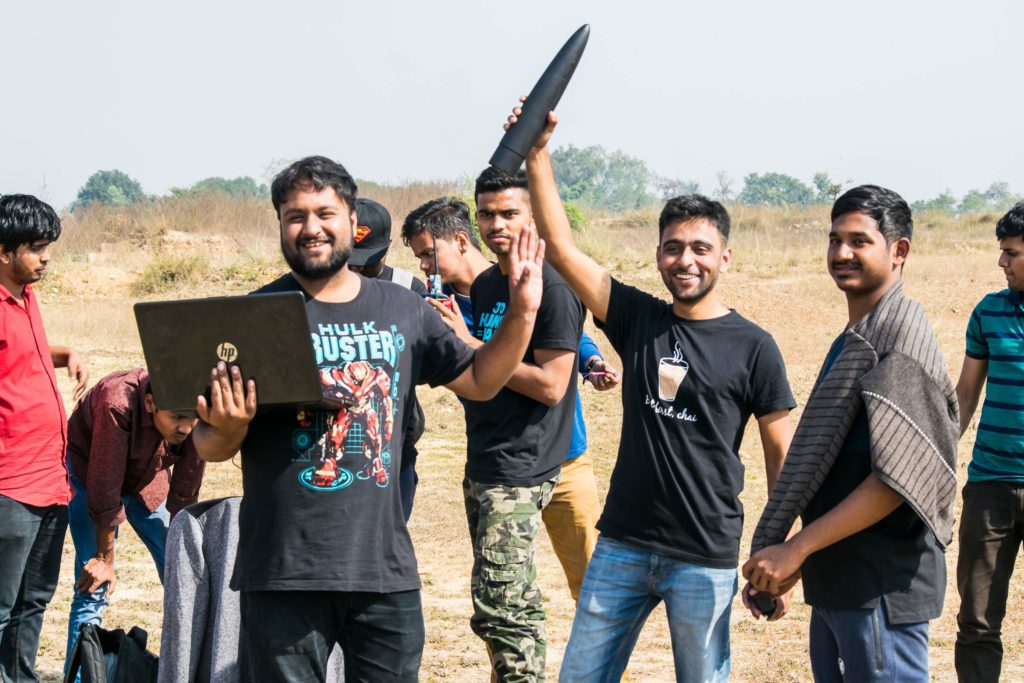
Source: EdexLive
Image Courtesy: EdexLive
You may also like
-
New Heat-Based Approach To Cancer Treatment Can Reduce Chemotherapy Doses
-
Scientists Take A Major Step Towards Unification Of Classical & Quantum Gravity
-
India Graphene Engineering and Innovation Centre (IGEIC) Under the Vision of Viksit Bharat@2047 Launched
-
New High-Performance Gas Sensor can Monitor Low Level Nitrogen Oxides Pollution
-
Antidepressant Drug can be Repurposed for Treating Breast Cancer
